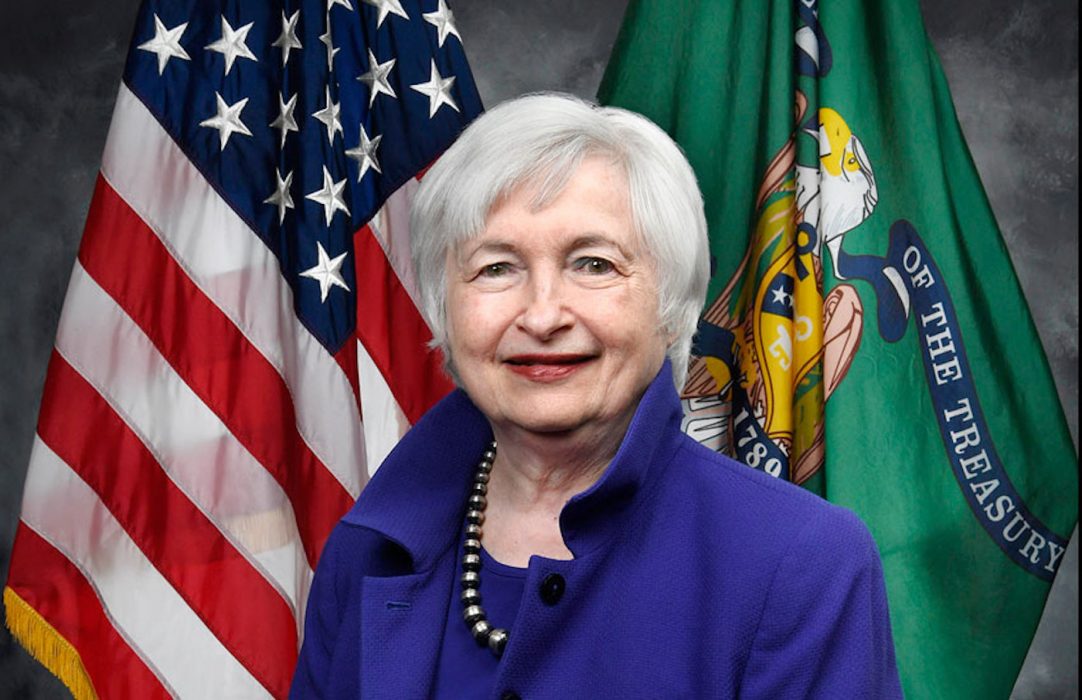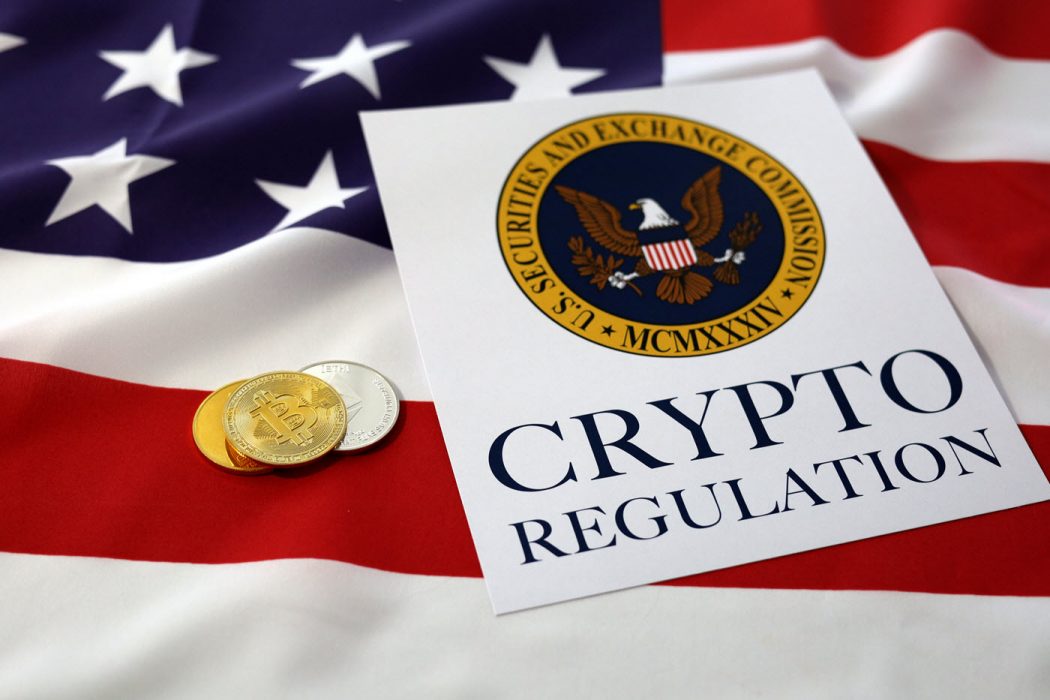Both the US Federal Reserve and Treasury are eager to see stablecoins regulated by the end of this year, a move they say would improve the overall financial stability of the US economy.
A new report from the Federal Reserve has identified several risks associated with stablecoins – cryptocurrencies whose value is pegged to the US dollar – and has suggested that government-backed alternatives may reduce risks to consumers and investors.
The report follows the recent collapse in value of the stablecoin Terra USD (UST), which threatens to destabilise the DeFi market, and calls from Treasury Secretary Janet Yellen for stablecoin legislation to be enacted by the end of 2022.
Report Identifies Weaknesses of Asset-Backed Stablecoins
The Federal Reserve Board’s ‘Financial Stability Report’ identifies significant stability risks in the US economy. When discussing stablecoins the report focuses on centralised, asset-backed stablecoins such as Tether and USDC, highlighting the opaque nature of the assets backing the coins and the risks posed if or when there are runs on these coins.
Stablecoins typically aim to be convertible, at par, to dollars, but they are backed by assets that may lose value or become illiquid during stress; hence, they face redemption risks similar to those of prime and tax-exempt MMFs [money market funds]. These vulnerabilities may be exacerbated by a lack of transparency regarding the riskiness and liquidity of assets backing stablecoins.
US Federal Reserve report
Algorithmic Stablecoins Aren’t Necessarily Stable
The recent decoupling of TerraUSD from the dollar has shown yet again that algorithmic stablecoins, like their asset-backed counterparts, are not necessarily as stable as they purport to be.
Over the past few days UST has fallen dramatically in value, at one stage dropping as low as US$0.60 after its algorithm failed to function as intended and the delayed deployment of its Bitcoin reserves failed to prop up its price. According to CoinGecko, at the time of writing UST was changing hands at US$0.83.
UST isn’t the first algorithmic stablecoin to face stability issues; last year, Iron Finance plunged all the way to zero after a similar decoupling triggered a bank run costing investors millions.
Treasury Secretary Wants Legislation, Fast

In a further sign that legislation governing stablecoins in the US may be imminent, Treasury Secretary Yellen, when questioned on the issue during a May 10 hearing, responded that it was “important, even urgent” that Congress act. She went on to say she considers it “highly appropriate” that regulation should occur by the end of the year.
Yellen’s sense of urgency for legislation seems to have been heightened by the problems currently confronting UST:
A stablecoin known as TerraUSD experienced a run and had declined in value. I think that simply illustrates that this is a rapidly growing product and that there are risks to financial stability and we need a framework that’s appropriate.
Janet Yellen, US Treasury Secretary
This talk of imminent stablecoin legislation follows speculation last year that the US government was considering offering insurance to stablecoin holders of up to US$250,000, similar to the protections provided to account holders at insured banks.

